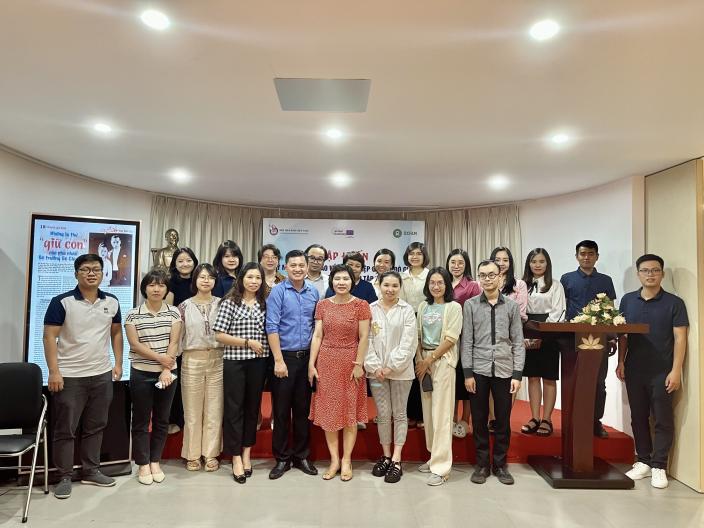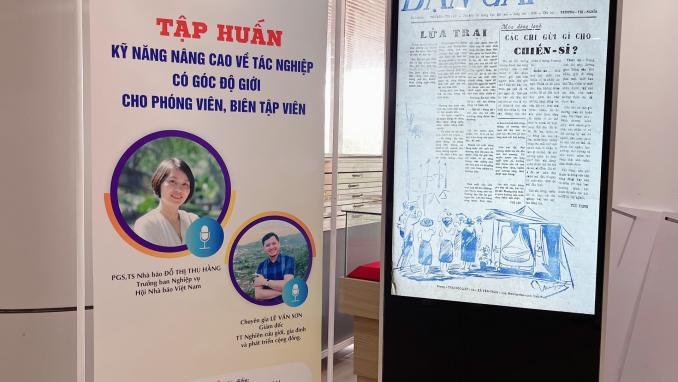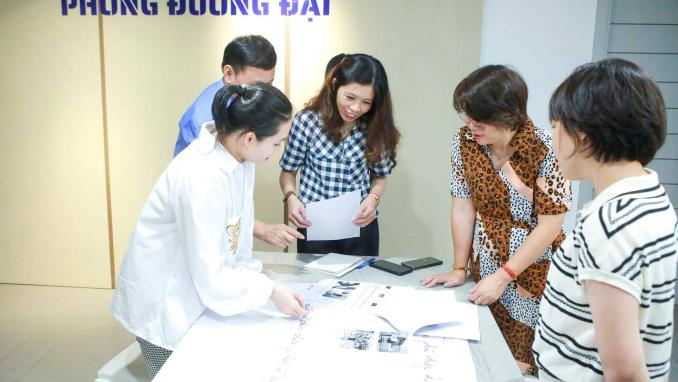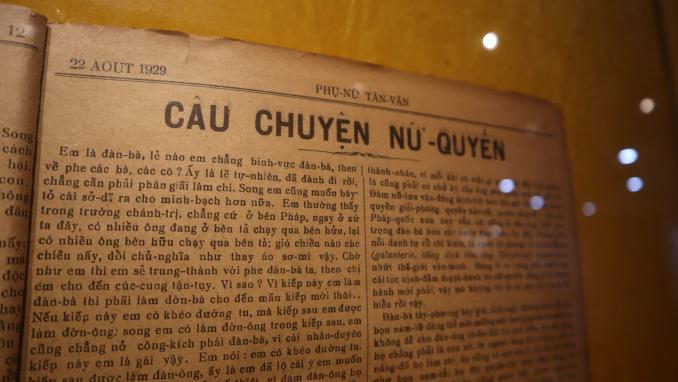On September 18th, the Vietnam Journalists Association, in collaboration with Oxfam in Vietnam, organized a session titled "Training on Skills and Enhancing Operations with a Gender Perspective for Journalists and Editors" at the Vietnam Press Museum. This training aimed to enhance gender sensitivity in journalistic work and expand knowledge about gender equality among journalists and reporters, enabling them to produce communication materials that are free from gender stereotypes and promote gender equality.
The session, featuring two lecturers, Associate Professor PhD. Do Thi Thu Hang - a Member of the Standing Committee and Head of the Professional Committee of the Vietnam Journalists Association, and PhD. Le Van Son, Director of the Gender, Family, and Community Development (GFCD), attracted over 20 participants who were journalists and reporters from prominent information channels such as VTV Digital, Dan Tri, VOV Traffic, New Hanoi, and more.
Dr. Le Van Son underscored the professional ethical guidelines for Vietnamese journalists, specifically pointing to Article 4: "Emphasize the spirit of humanity and respect for human rights. Do not infringe upon privacy, harm the honor, dignity, or legitimate interests of organizations and individuals." Notably, when dealing with topics like equality and gender sensitivity, journalists are expected to exercise caution to avoid perpetuating existing gender stereotypes and exacerbating gender inequality.
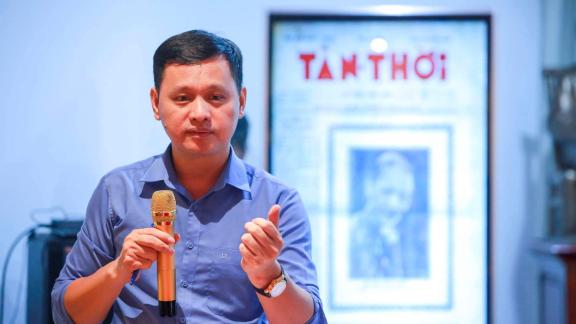
Dr. Le Van Son, Director of the Center for Gender, Family, and Community Development Research
Associate Professor PhD. Do Thi Thu Hang emphasized that journalism plays a pivotal role in advancing gender equality, fostering public understanding of gender issues, and addressing pressing concerns affecting women and girls. In conjunction, journalism can advocate for human rights and women's rights within the Vietnamese legal framework. She noted, "If all journalists adhere to gender principles, continuously update their knowledge on this subject, their articles can then strive to empower and endorse the role of Vietnamese women, promoting equality and fairness, thereby enabling consensus-based collaboration between genders to have a profound impact."
Centered on the theme of gender in journalism, participants engaged in discussions about gender bias and the quality standards required for gender-sensitive journalistic content. Headlines like "Vietnamese agricultural products are beautiful girls waiting for guys to ask to buy them" or descriptive narratives such as "Women driving cause accidents..." and "Selling gasoline to women is a crime" were deemed unsuitable for modern journalism.
Participating in the training, journalists and editors delved into the prevalent gender stereotypes present in journalistic content, identified signs of "gender blindness" in existing press materials, and proposed solutions for improvement. The course also enhanced participants' abilities to select topics that challenge biases and gender stereotypes, thereby promoting gender equality.
One journalist shared their thoughts after the training session, stating, "Previously, I believed that gender equality merely entailed ensuring equal representation of men and women in the media. However, I now comprehend that addressing gender bias requires far more effort. Even selecting a camera angle or quoting a source demands a high level of gender sensitivity on the part of the reporter."
This training session was part of the "Youth Address Gender Stereotypes and Promote Gender Equality in Vietnam" project, funded by the European Union, and held at the Vietnam Press Museum. The chosen venue provided participants with a visual perspective on the historical evolution of Vietnamese journalism's engagement with gender and gender equality issues, through the display of enduring publications spanning from the early 20th century to the present.
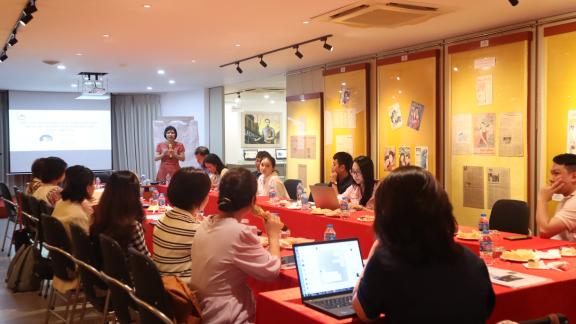
Associate Professor Dr. Do Thi Thu Hang, Member of the Standing Committee and Head of the Professional Committee of the Vietnam Journalists Association, addressing an audience of over 20 journalism students and reporters
